-
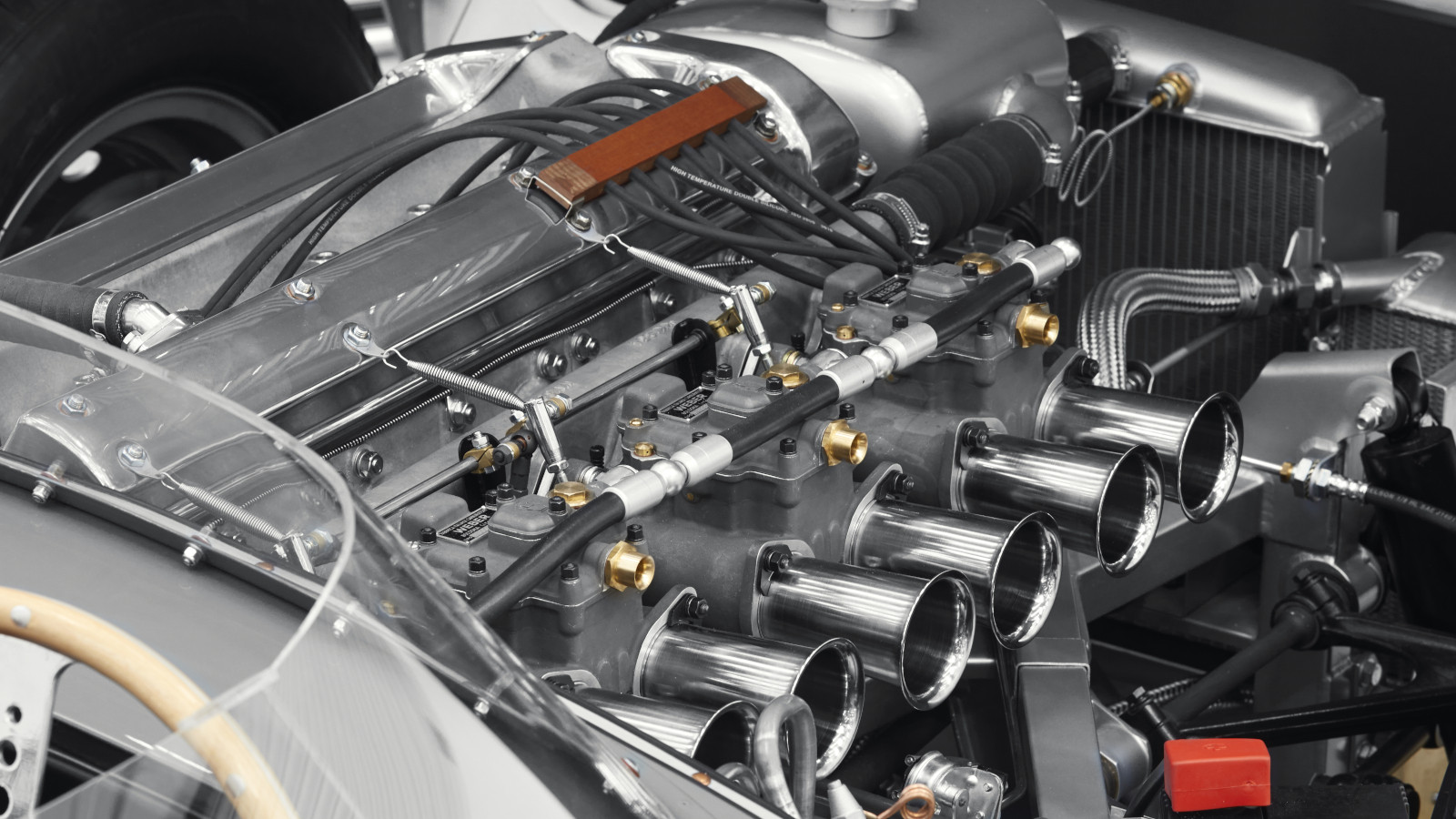 © Jaguar
© Jaguar -
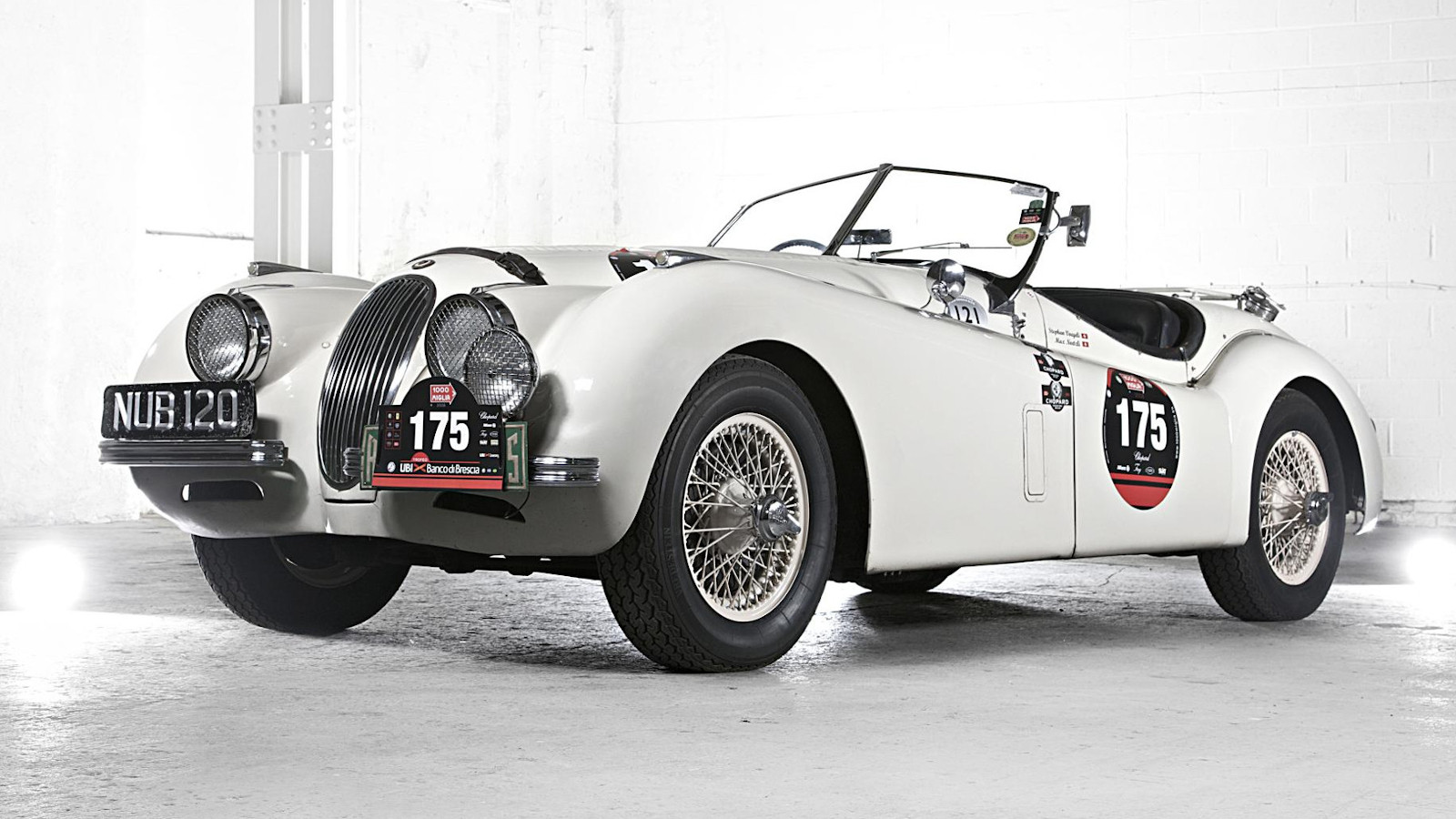 © Jaguar
© Jaguar -
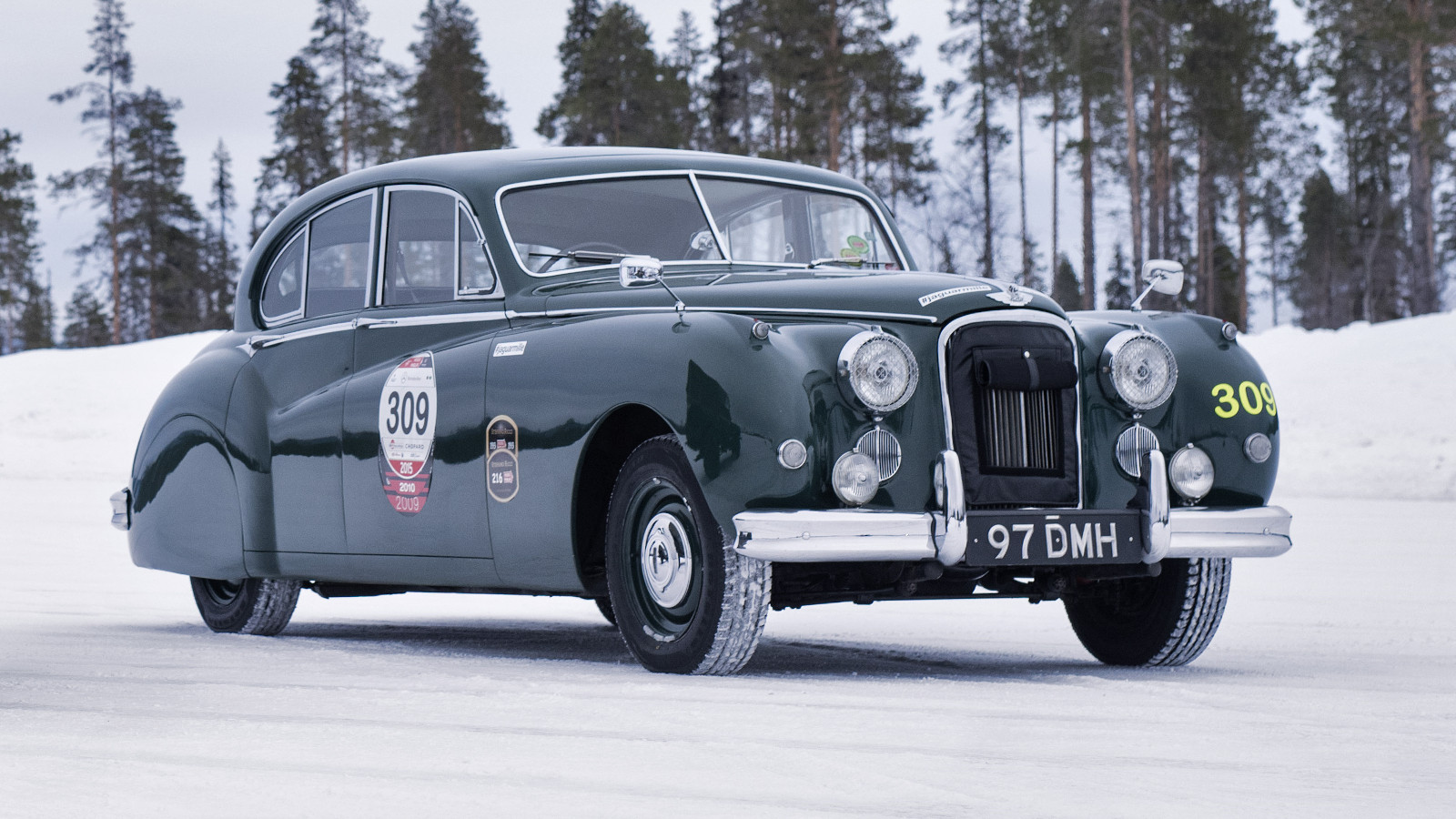 © Jaguar
© Jaguar -
 © Jaguar
© Jaguar -
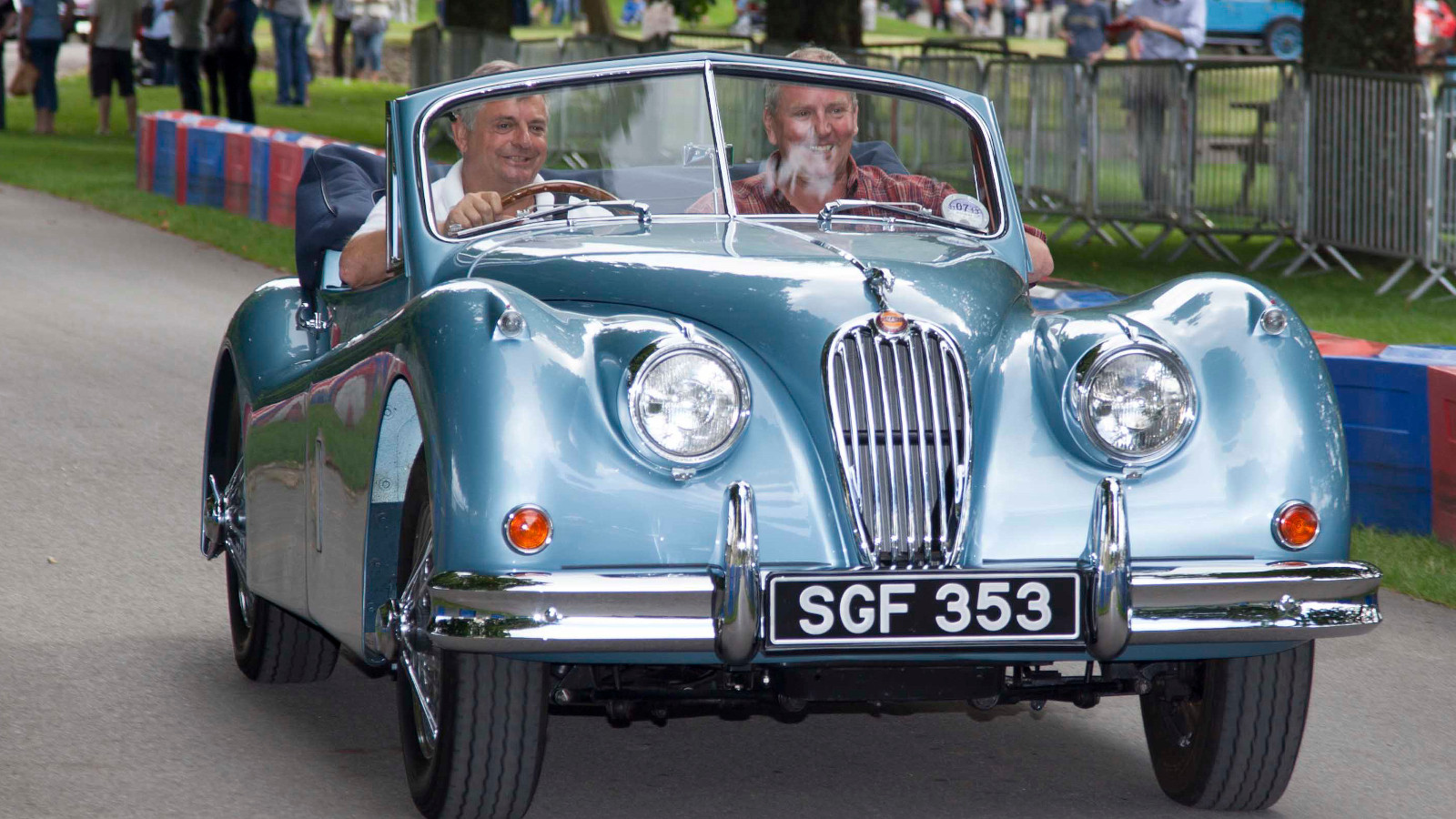 © Newspress
© Newspress -
 © Jaguar
© Jaguar -
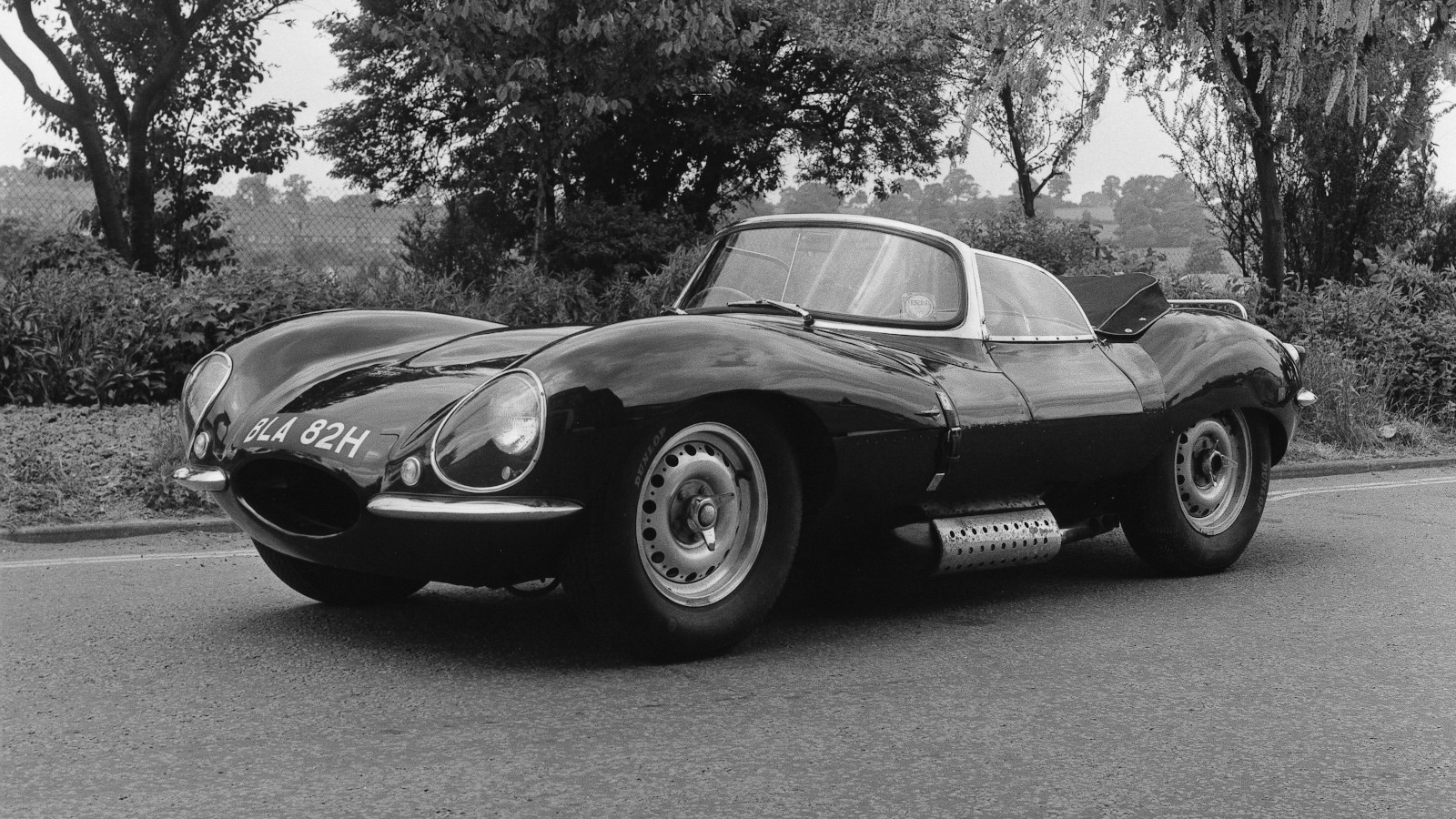 © Jaguar
© Jaguar -
 © Lister
© Lister -
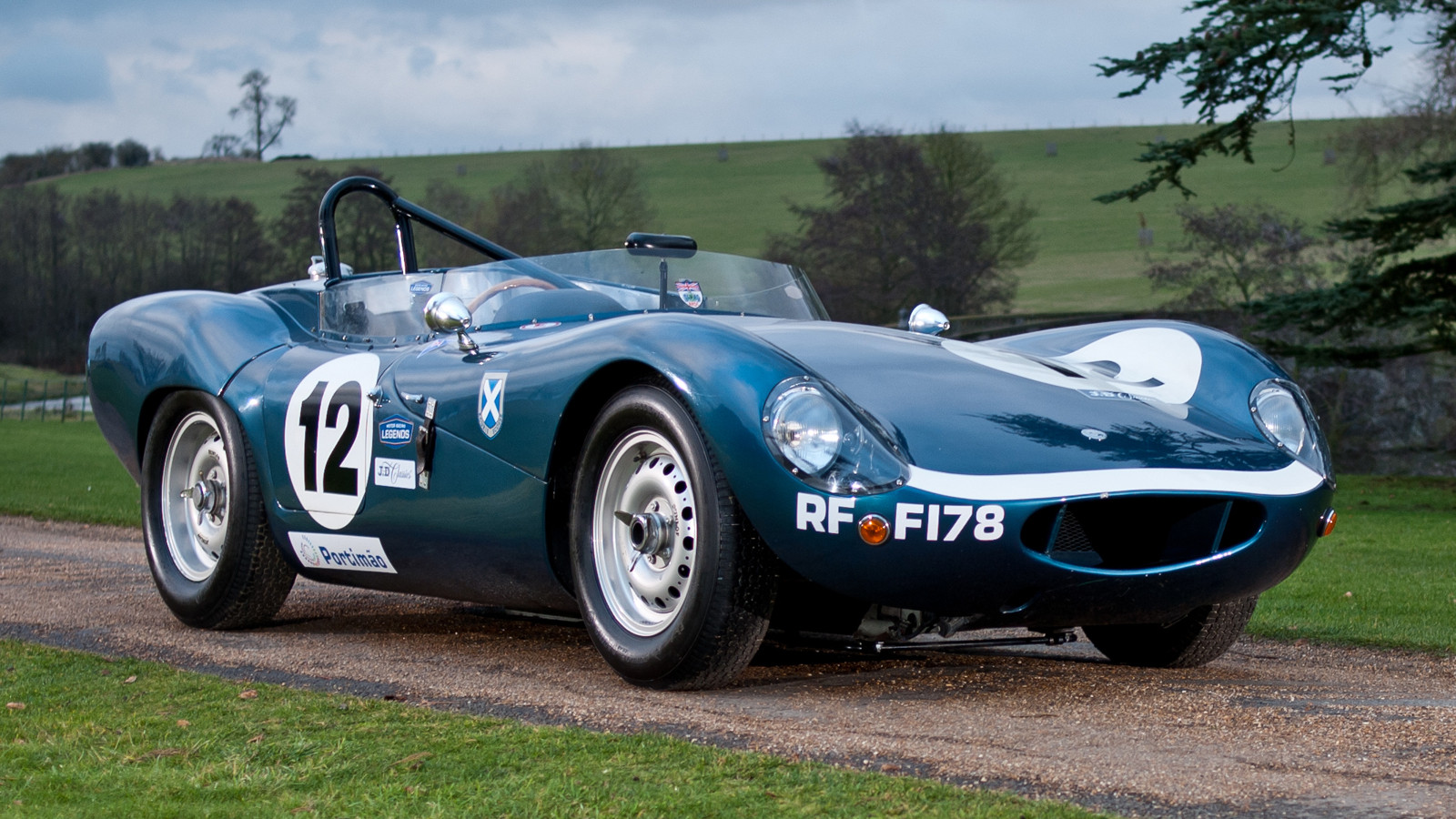 © Newspress
© Newspress -
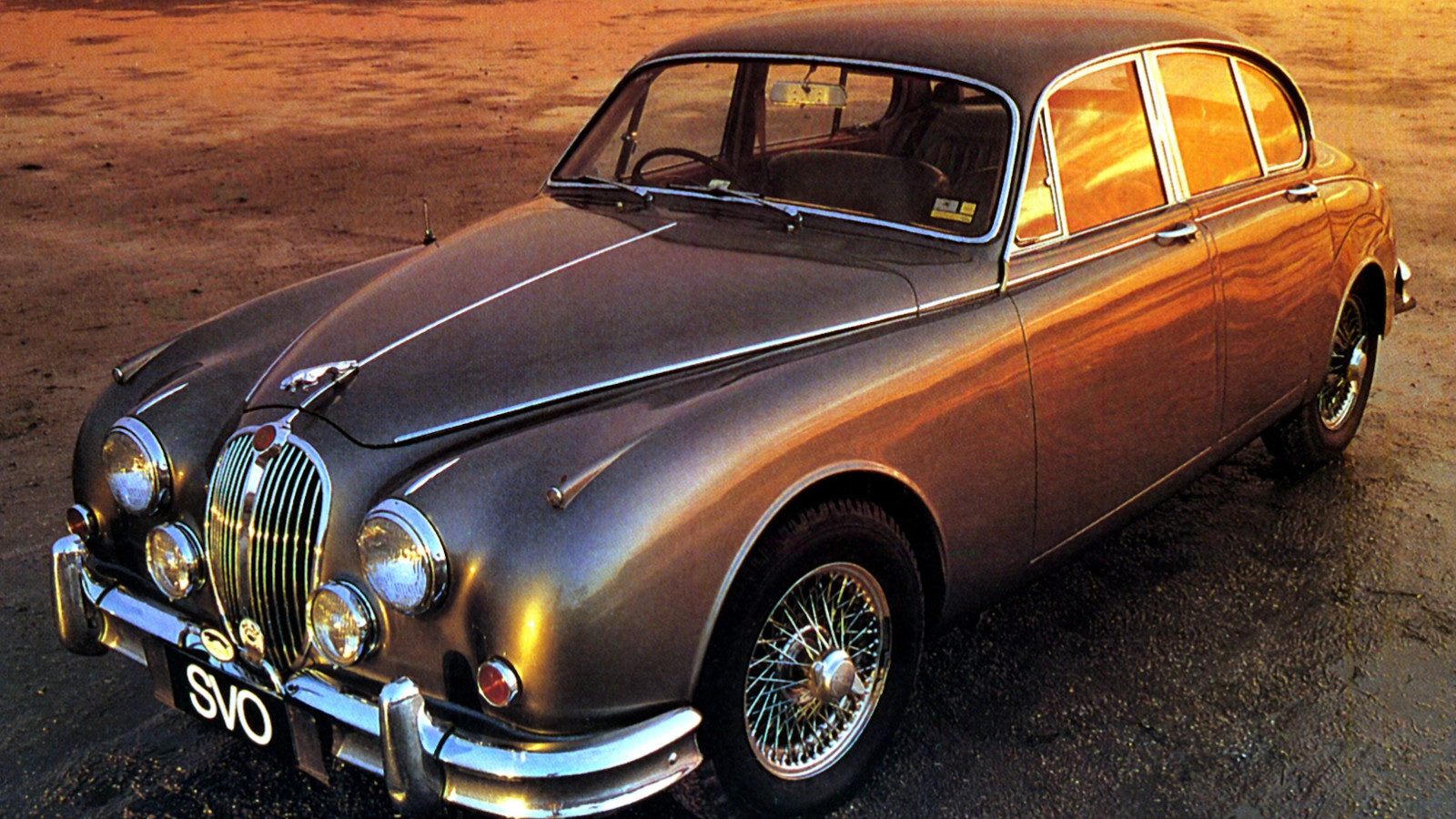 © Jaguar
© Jaguar -
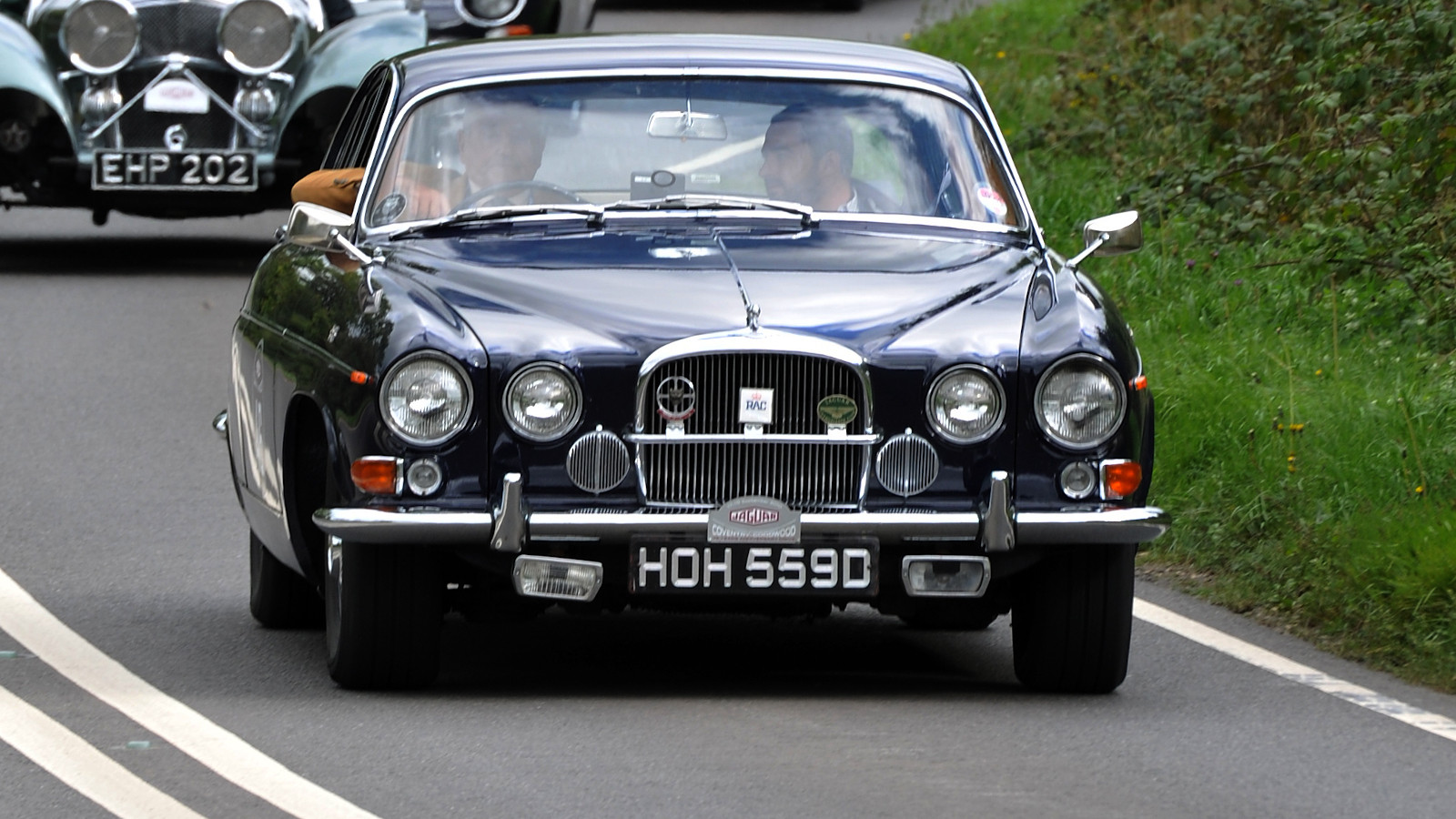 © Jaguar
© Jaguar -
 © Jaguar
© Jaguar -
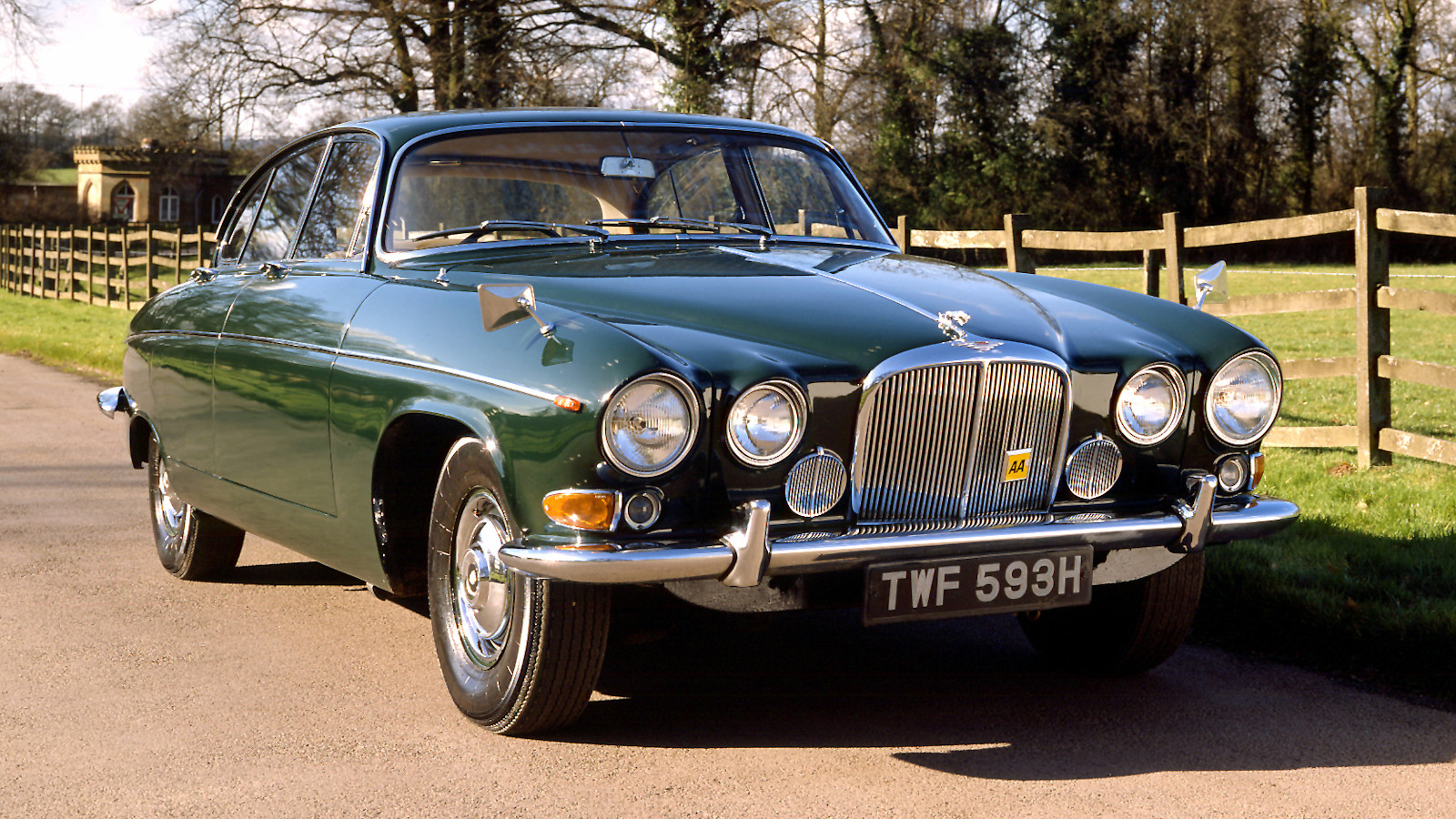 © Jaguar
© Jaguar -
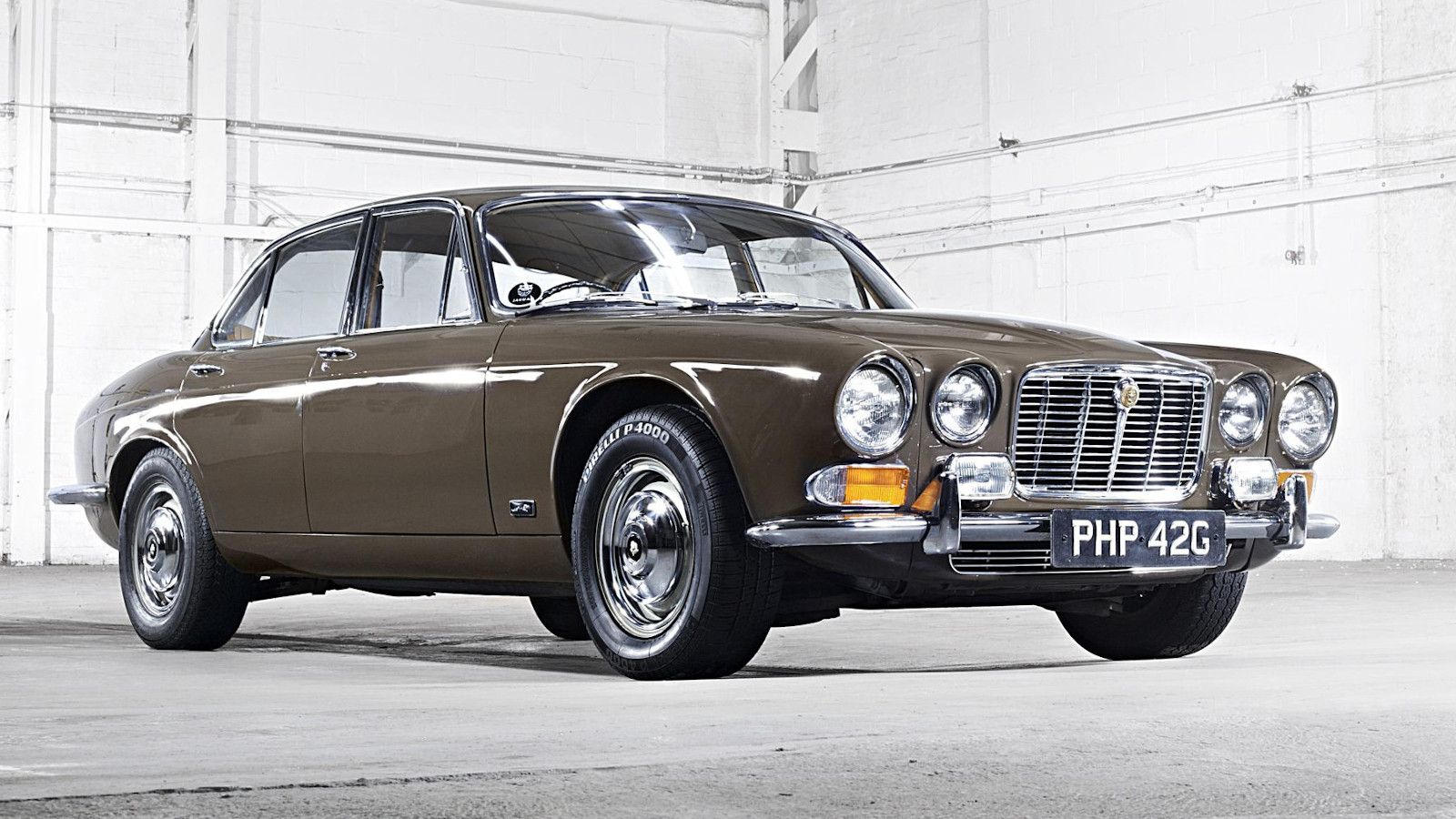 © Jaguar
© Jaguar -
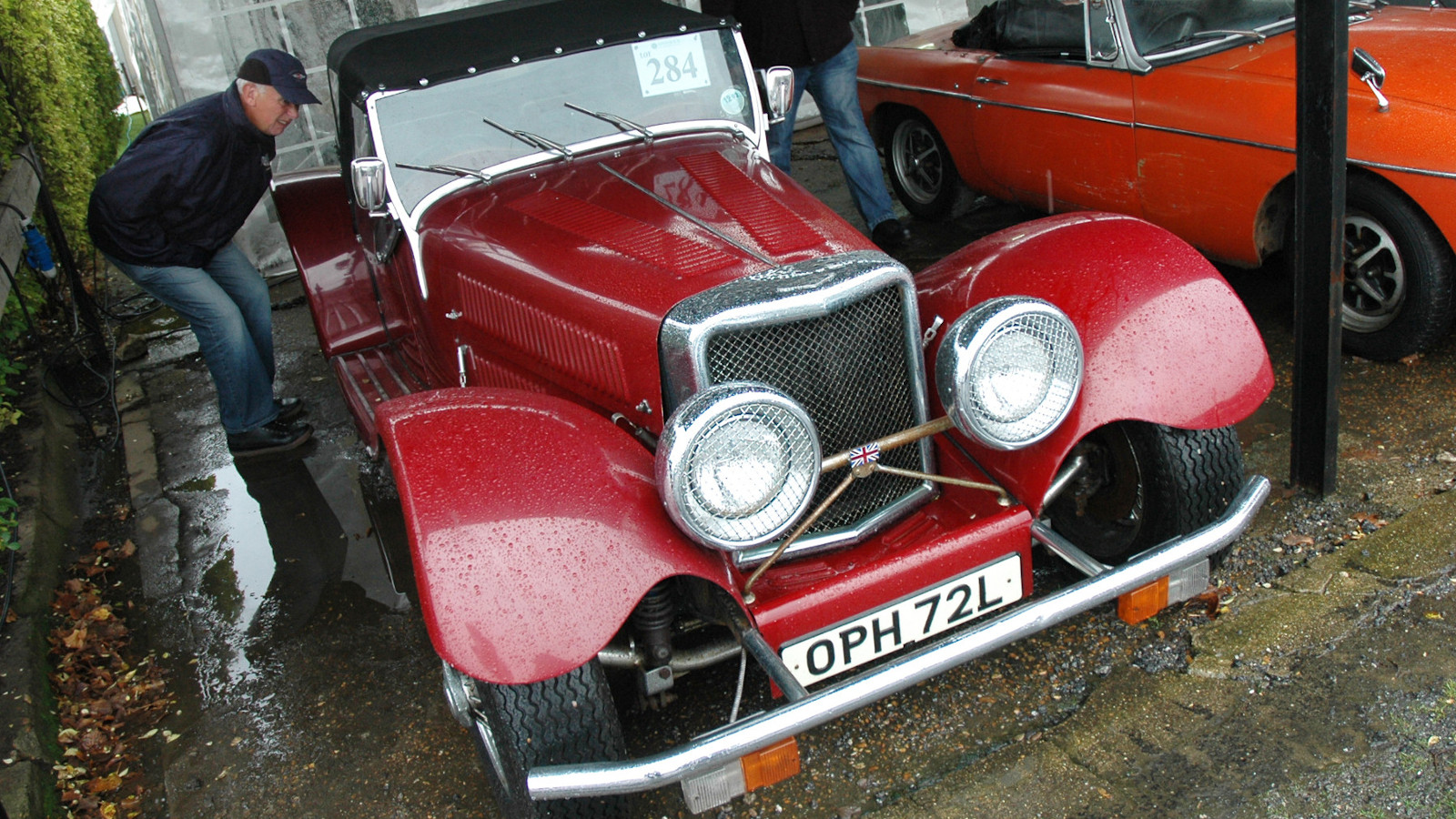 © Newspress
© Newspress -
 © Jaguar
© Jaguar -
 © Jaguar
© Jaguar -
 © Jaguar
© Jaguar -
 © Jaguar
© Jaguar -
 © Jaguar Classic
© Jaguar Classic
-
The joy of six
The company formerly known as SS made two big steps forward after the Second World War. One was to call itself Jaguar, previously used only as a model name, due to concerns that it might be mistaken for the paramilitary wing of the Nazi party.
The other was to introduce a new six-cylinder engine called the XK, which was to have an enormously long life. Jaguar used nothing else for more than 20 years, and it was still hanging in there after 40.
In the 21st century it even made a comeback in ‘continuation’ models. What follows is therefore the story of one of Britain’s longest-lived and perhaps greatest engines.
-
Sports car debut
The XK first appeared in the XK120 sports car, which caused a sensation at the 1948 Earls Court Motor Show.
Early versions had aluminum bodies and were not intended for full-scale production until popular opinion made it clear that Jaguar should take the car more seriously.
Despite Jaguar’s much later adoption of aluminum for its structures, most XK120s had steel bodies. Right from the start, they proved to be very effective in sports car racing, taking the top two places in the 1950 Tourist Trophy.
-
Successful stately sedan
The second car to use the XK engine was much closer to Jaguar’s heart than the XK120 had been.
The MkVII was an elegant sedan, remarkably inexpensive and very quick, with a top speed of over 100mph.
This level of performance helped a MkVII to win the 1956 Rallye Monte-Carlo, a remarkable result for a car which appeared more suitable for stately cruising.
-
A proper racer
Unlike the cars mentioned so far, this one was intended from the start to be used in motorsport.
The competition version of the XK120, using the same running gear but a different body and chassis, was officially called the XK120C but quickly became known as the C-type.
It hit the ground running with victory in the 1951 Le Mans 24 Hours, and repeated that feat two years later. From 1952, Jaguar built 53 examples for customers.
-
XK120 descendents
After building several versions of the XK120, Jaguar launched a similar-looking successor called the XK140 (pictured) in 1954.
This was followed three years later by the XK150, which remained in production until it was replaced by the XKE (known as the E-type in its home market).
More of a touring car than a sporty one, the XK150 nevertheless featured disc brakes, a development recently shown to be effective in motorsport.
-
More Le Mans success
It seemed logical that Jaguar’s next racing sports car after the C-type should be called the D-type.
In the mid 1950s the new model dominated at Le Mans. A works car won the long-distance race in 1955, and when Jaguar temporarily withdrew from motorsport the Edinburgh-based Ecurie Ecosse team completed a hat-trick over the next two years with its own D-types.
The capacity of the XK engine in this car varied considerably. It started out at 3.4 liters, was raised to 3.8 and then had to be reduced to 3.0 due to a rule change in 1958.
-
The roadgoing Jaguar D-type
The 1957 XKSS was created partly to make use of some spare D-type chassis and partly to attract American buyers competing in a race class for roadgoing vehicles.
It was always going to be a limited-edition car, but the intended production run of 25 was interrupted by a devastating fire at the Jaguar factory. Only 16 were completed, and Jaguar did not give the matter another thought for 60 years.
-
Lister-Jaguar
Several low-volume manufacturers decided that the XK engine would be ideal to power their sports racing cars.
One of the most notable was Cambridge-based Brian Lister, whose cars won many events, frequently in the hands of driver Archie Scott-Brown.
Lister still creates extremely powerful derivatives of modern Jaguars, but in 2016 it unveiled a continuation version of a successful 1950s racer known as the Knobbly.
-
Tojeiro-Jaguar
Also based in Cambridge, though born in Portugal, John Tojeiro was another builder of race cars fitted with XK engines.
“The Lister was clearly the best of the Jaguar-engined specials,” he said modestly in a 1985 interview, “but I like to think my cars were the best of the rest.”
-
A sporty saloon
Although the sports and racing cars tended to dominate the headlines, Jaguar was still building sedans. The most successful of these for several years was the Mk2, manufactured from 1959 to 1967.
It was inevitably fitted with the XK engine, since this was the only one Jaguar was producing at the time. More than 100,000 Mk2s were built, with capacities ranging from 2.4 to 3.8 liters.
-
XK luxury
Introduced in 1961, the MkX was Jaguar’s largest car of the period, being nearly as long and wide as a Rolls-Royce Silver Cloud but very much cheaper.
It also weighed 4171lb, which was quite a lot for even a 3.8-liter XK to cope with.
To compensate, Jaguar reworked the cylinder head and raised the power output to 269HP, not far short of what the Le Mans-winning D-types had produced.
-
Powering the XKE
The Jaguar E-type – sold as the XKE in the US – was received nearly as well in 1961 as the XK120 had been 13 years before, and had a much longer life.
For 10 years the only available engine, in various sizes, was the XK, until the V12 was introduced in 1971 after many years of development.
Jaguar now offered a choice of two engines for the first time since the demise of the MkV back in the early 1950s.
-
Over 4.0 liters
By the mid 1960s, 4.2 liters had become the most common size for the XK engine.
The MkX was fitted with this version from 1964, at the same time gaining a new variable-ratio power steering system called Varamatic.
In 1966 the car was renamed 420G, creating the risk of confusion with another Jaguar called the 420 introduced the following year.
-
Introducing the XJ6
The styling of the 1968 XJ6 was so successful that Jaguar did not fully abandon it until 2010. The first-generation model used XK engines with wildly divergent capacities of 2.8 and 4.2 liters, though a 3.4 would later be added.
The XJ6 was the last Jaguar-badged production car to use the XK engine, which was finally replaced in this range by the AJ6 first seen in the 1983 XJS.
-
Another big cat
From 1972 to 1981 Surrey-based Panther built a car called the J72 which, while not a replica of the pre-war SS100, was clearly inspired by it.
All examples used Jaguar engines, but customers had a choice between 3.8- and 4.2-liter versions of the XK engine, along with the more recent V12.
Other than the 3.8, the same units were also offered in the later and much more extravagant Panther DeVille, manufactured from 1974 to 1985.
-
End of the XK
With exceptions which we’ll come to shortly, the last production car fitted with the XK engine was the Daimler DS420 limousine.
Based on an extended 420G platform, it was powered by a 4.2-liter XK engine and was used for several purposes, including acting as state transport for members of various royal households (including the British) and as a hearse.
Production began in 1968 and came to a graceful conclusion in 1992.
-
Return of the XK
When production of the DS420 stopped it would have seemed extremely unlikely that new cars would ever again be built with the XK engine.
In 2014, however, Jaguar Classic embarked on manufacturing continuation models of the aluminum-bodied Lightweight E-type produced briefly in 1963.
Jaguar had originally intended to produce 18 Lightweights but in fact stopped at 12. The six 21st century models, all intended for customers to use in historic racing, completed the set.
-
Rising from the flames
Continuing the thought process which inspired the creation of the last Lightweights, Jaguar Classic brought to life the ghosts of the nine XKSS models which could not be built because of the 1957 factory fire.
The first of these was delivered in 2017, a full 60 years after its unborn equivalent should have taken to the road.
-
The D-type returns
The third Jaguar Classic continuation model is the 2018 D-type.
Far more numerous than the Lightweight or the XKSS, it was given a production run of 25 examples. Customers could choose between the 1955 Shortnose or later 1956 Longnose body shapes.
-
And the C-type returns
You saw this coming, right? In January 2021, Jaguar Classic announced it was going to build eight C-type Continuation cars to celebrate the original model’s 70th birthday.
All handbuilt in Coventry to the 1953 Le Mans-winning specification, they’re powered by the 3.4-liter straight-six XK engine with triple Weber 40DCO3 carburetors, and equipped with disc brakes.
To date, these are the latest cars powered by what is now the 74-year-old XK engine, but that’s not to say there aren’t more still to come.
